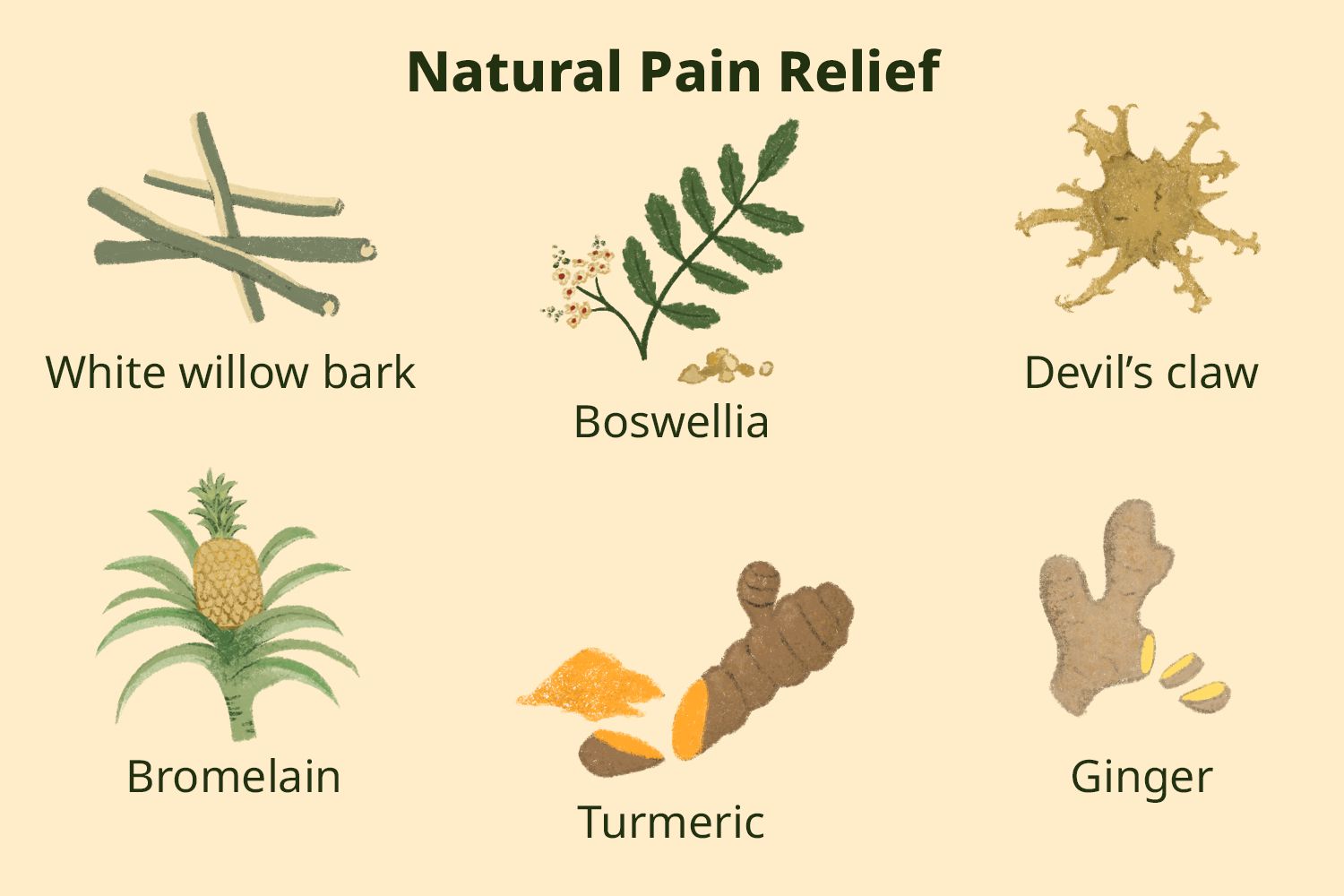
Any medical treatment or intervention that is employed in place of conventional medicine is often referred to as an “alternative therapy” in the industry. Complementary medicine refers to the use of alternative therapies in addition to conventional treatments. Acupuncture, guided imagery, chiropractic care, yoga, hypnosis, biofeedback, relaxation, aromatherapy, herbal medicines, massage, and many other practices are included in alternative therapy.
For the treatment of pain, acupuncture, several nutritional supplements, and mind-body therapies have all accumulated substantial data in the last ten years. In some circumstances, pain relief may be achieved by other complementary therapies such as massage, chiropractic care, therapeutic touch, specific herbal treatments, and dietary regimens. To compare these therapies to standard medical practices, more investigation is required.
Body-Mind Treatments
Treatments known as mind-body therapies are designed to support the body’s capacity to influence how the mind feels and behaves. Many techniques are employed in mind-body therapy, including hypnosis, guided imagery, relaxation exercises, meditation, and biofeedback. Relaxation methods can ease discomfort brought on by chronic pain.
Another useful method for reducing pain is visualization, commonly referred to as guided visualization. Attempt the exercise below: Try to visualize the pain by closing your eyes and giving it shape, color, size, and motion. Try gradually changing this image to one that is more aesthetically pleasant, harmonic, and smaller. Another strategy is to keep a journal of your painful experiences, as well as the contributing and mitigating circumstances. Examine your journal frequently to look for potential areas for change. Try to see suffering as a necessary but limited aspect of existence.
By letting you know how your muscle tension affects your pain, electromyographic (EMG) biofeedback can teach you how to manage it. Using refocusing techniques, hypnotherapy and self-hypnosis may assist you in blocking or transforming pain. Glove anesthesia is a self-hypnosis technique that involves entering a trance, laying a hand over the painful location, visualizing the hand as relaxed, heavy, and numb, and visualizing these sensations as taking the place of other, unpleasant feelings in the affected area. When used frequently, relaxation methods like yoga and meditation have been demonstrated to lessen discomfort brought on by stress. Yoga’s mild stretches are especially effective at building muscle without adding to overall physical stress.
Acupuncture
One of the primary purposes of acupuncture is for pain relief, even though the World Health Organization officially recognizes more than 30 diseases or ailments that can be improved by acupuncture treatment. Chinese physicians in the sixteenth century thought that illness resulted from an imbalance of energy in the body. By addressing these imbalances, the 14 main meridians, or energy-carrying channels, of the body are stimulated during acupuncture to help the body resist or recover from illnesses and disorders. By enhancing the release of endorphins, which are molecules that block pain, acupuncture is also thought to reduce pain. Several acupoints are close to nerves. These nerves generate a dull discomfort or a sensation of being overly full in the muscle when activated. Endorphins are released when the central nervous system (the brain and spinal cord) receives a message from the activated muscle (morphine-like chemicals produced in our bodies during times of pain or stress). Endorphins and other neurotransmitters (body substances that alter nerve impulses) prevent the transmission of the pain signal to the brain. Many pain-related illnesses, such as headaches, low back pain, menstrual cramps, carpal tunnel syndrome, tennis elbow, fibromyalgia, osteoarthritis, and myofascial pain, may benefit from acupuncture as a complementary treatment. A comprehensive pain treatment program could also incorporate acupuncture as an option or as a component of it.
Massage and Chiropractic Therapy
The most popular nonsurgical back pain treatment is chiropractic care. In several trials, persons receiving chiropractic adjustments showed improvements. Unfortunately, there isn’t strong evidence from the majority of research trials to support the treatment’s efficacy in treating persistent back and neck pain. More research is being done to determine how successful chiropractic treatment is at treating pain. Moreover, research suggests that chiropractic care may be beneficial for treating whiplash, certain arm and limb issues, migraines, and neck pain. Rarely documented serious side effects include stroke, pinched nerves, and aggravation of herniated discs.
People in discomfort are using massage therapy more frequently, primarily to treat ongoing neck and back issues. Through improving blood flow, massage can reduce stress and relieve tension. Also, this therapy helps lessen the number of drugs that could cause and maintain pain.
Reiki and Therapeutic Touch Healing
The self-healing mechanisms of an individual are supposed to be triggered by therapeutic touch and reiki healing, hence reducing pain. Despite not requiring direct physical touch, these so-called “energy-based” therapies do involve close physical closeness between the practitioner and the patient.
Nutritional Methods for Pain Management
Some people think that reducing inflammation can aid with pain relief by reducing dietary fat intake and/or consuming plant foods that have anti-inflammatory chemicals. Some persons with fibromyalgia have been reported to benefit from a vegetarian diet that consists primarily of raw foods, although this research was not randomized and lacked a control group. According to one study on premenstrual symptoms in women, eating a low-fat vegetarian diet was linked to shorter and milder pain episodes.
